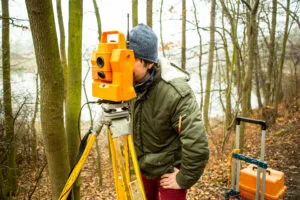Replacing the legacy Search API, we are excited to announce a new and improved version, titled Place Search API!
The newly available Place Search API, like our Search Ahead API, offers access to our next generation backend spatial search engines and boasts many of the features that users of our Search Ahead API have come to love, like the simplified request parameters, the lightweight response and geographic features expressed using the geoJSON specification.
Here are the most exciting features of the new Place Search API:
-
It complements our Search Ahead API:
Search Ahead is our predictive search engine, designed for use cases that involve autocomplete or type ahead functionality. Place Search is our traditional spatial search engine, used to answer questions like “find all restaurants within a mile of my current location.” The APIs can be used hand-in-hand to implement a first-class search experience, offering both suggestions as well as more robust spatial search capabilities.
-
It offers two of the most popular types of spatial searches:
Most users of our legacy search services perform searches within a radius or a bounding box, to either show Points of Interest within a distance from a given point or within the extent of a map. Place Search accepts either shape – a circle or a rectangle – as a constraint, but it will also perform searches without specified constraints.
-
It will parse a single-line query into the ‘what’ and the ‘where’:
Place Search also offers the ability to perform single-line searches, such as ‘pizza, denver, co’ or ‘starbucks 80401.’ Like Search Ahead, the current location of the user, if provided in the request, will be taken into account when results are ordered and returned.
-
It offers multiple result sorting methods:
In addition to ‘as the crow flies’ distance from the center of a radius or a provided location, results can also be sorted by ‘importance’ and ‘relevance.’ Importance takes into account the Points of Interest our users interact with most when scoring results, while ‘relevance’ is a combination of distance from a provided location and importance.
-
Pagination is easy:
Implementing paging is easy; just configure the number of results per page and we’ll generate the URLs to easily access the previous and next page of search results, so applications using Place Search can offer a seamless experience as users navigate between pages of results.
Check out the new Place Search documentation here. And, if you haven’t, make sure to sign up for a free account to get started with Place Search today.


